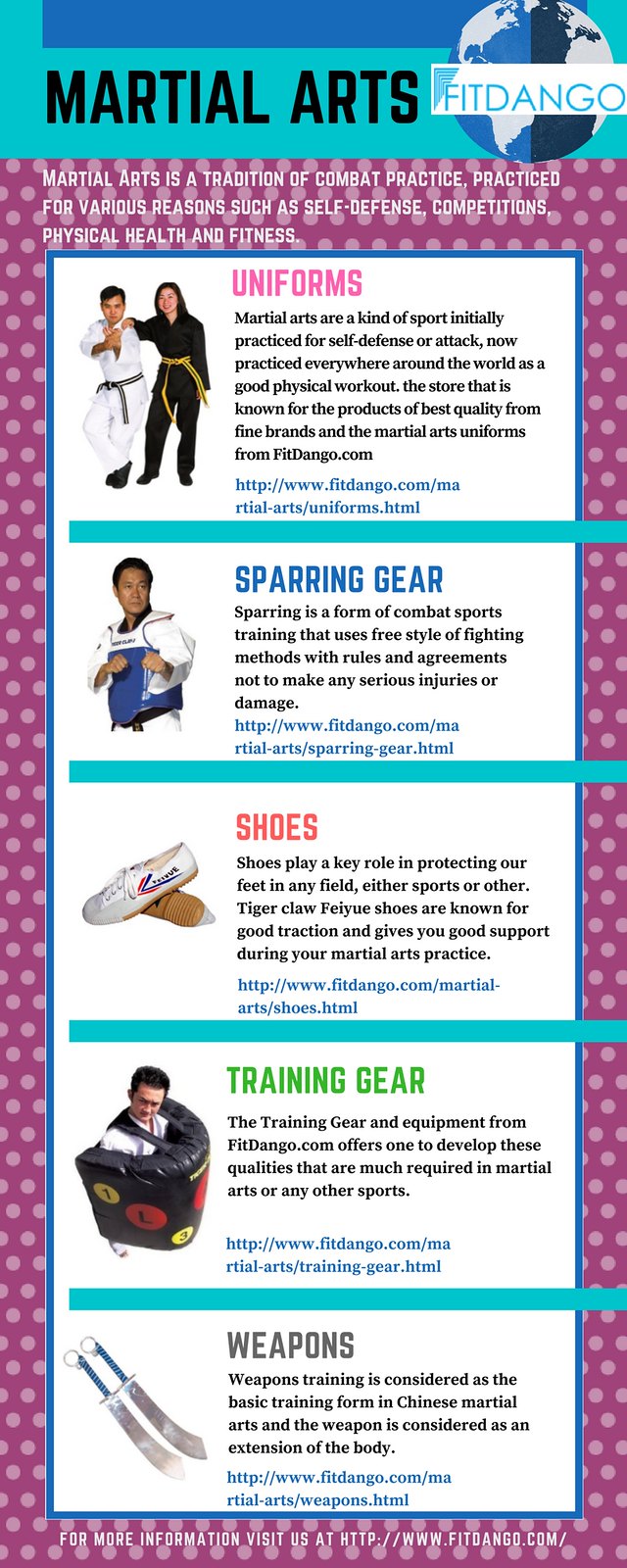A Historical Introduction And Progression Of Martial Arts Around The World
A Historical Introduction And Progression Of Martial Arts Around The World
Blog Article
Developed By-Hess TRUE
Martial arts have a fascinating background that covers centuries and continents. You could find it intriguing just how ancient methods like Shuai Jiao and Kalaripayattu prepared for modern battle techniques. These self-controls not just highlight physical abilities yet likewise mirror the societies that birthed them. As you explore their advancement, think about how globalization has actually changed these standard types into crossbreed styles. What influences do you assume have shaped today's martial arts landscape?
Ancient Martial arts: The Foundations of Combat
As you delve into the world of ancient martial arts, you'll discover the rich foundations that shaped combat methods across cultures. Very early methods concentrated on Self-Defense and survival, commonly including strikes, grappling, and weaponry.
In old China, for instance, techniques like Shuai Jiao highlighted throws and joint locks, while India's Kalaripayattu showcased dexterity and liquid activity. Japanese samurai developed Kenjutsu, a polished swordsmanship that highlighted discipline and technique.
More Information and facts offered not just for fight however also as a means of individual growth, instilling values like respect and determination. The blending of these methods with time laid the groundwork for the varied martial arts you see today, each reflecting the one-of-a-kind approaches and needs of its society.
The Social Impact on Martial Arts Development
While martial arts commonly show the practical needs of a society, they likewise personify the social values and ideas of their beginnings. When you check out various martial arts, you'll see how they're affected by religion, viewpoint, and social norms.
For kajukenbo self defense institute , the emphasis on respect and technique in Japanese martial arts comes from Zen Buddhism and samurai culture. In contrast, Brazilian Jiu-Jitsu advertises flexibility and method, formed by the demand for efficiency in a diverse, multicultural atmosphere.
You could find that the rituals, attires, and training approaches mirror an area's background and identification. By comprehending these social influences, you deepen your recognition of martial arts and their role fit human experiences around the world.
Modern Adaptations and the Globalization of Martial arts
Martial arts have actually changed dramatically in current decades, adapting to contemporary society and international impacts. You'll observe that traditional forms have combined with contemporary techniques, developing hybrid styles like MMA. These adaptations cater to diverse audiences, making martial arts easily accessible and attractive around the world.
With the increase of social media and digital systems, you can discover tutorials and competitors from all edges of the world, breaking geographical barriers. This globalization has resulted in a shared admiration for numerous techniques, from Brazilian Jiu-Jitsu to Taekwondo.
As you engage with these arts, you'll realize they're not practically battle; they advertise health and fitness, technique, and mental wellness.
Ultimately, modern adjustments have enriched the martial arts landscape, making it a vibrant and advancing method.
Final thought
In discovering the history and advancement of martial arts, you discover a remarkable blend of techniques, cultures, and approaches. From old self-controls like Shuai Jiao and Kalaripayattu to the modern adaptability seen in MMA, martial arts reflect mankind's pursuit for Self-Defense and personal development. As you involve with these methods, you not only gain skills but also a much deeper admiration for the varied customs that shape our world today. So, continue your trip and welcome the art of combat!
